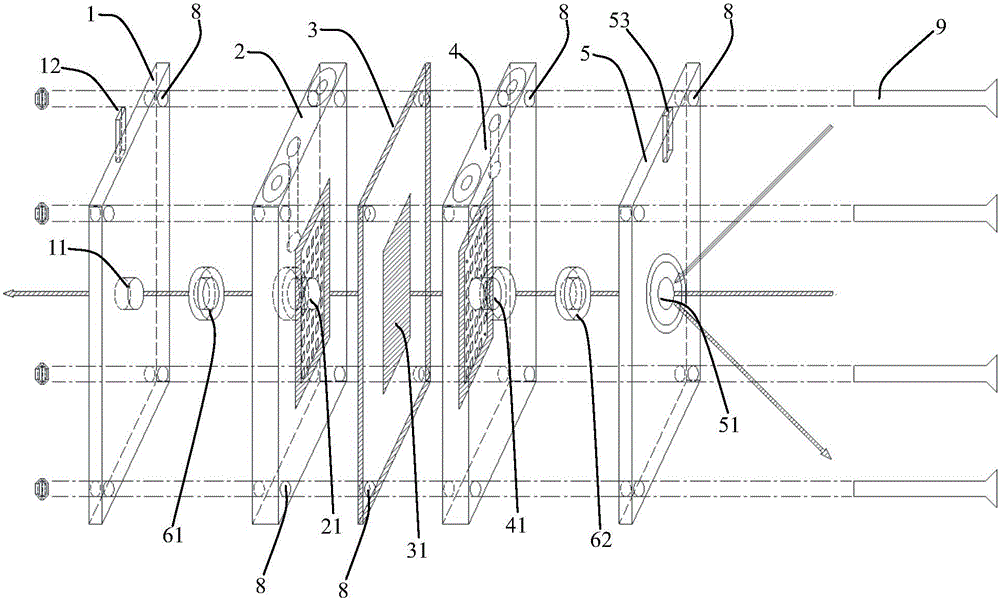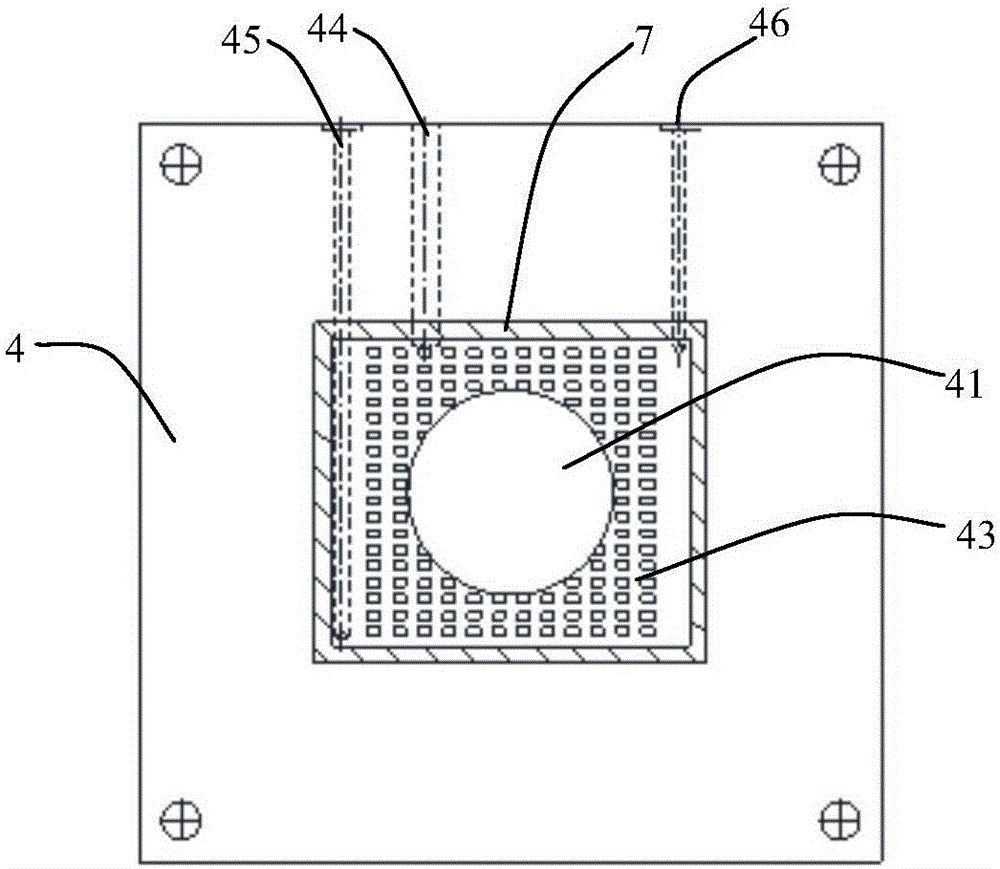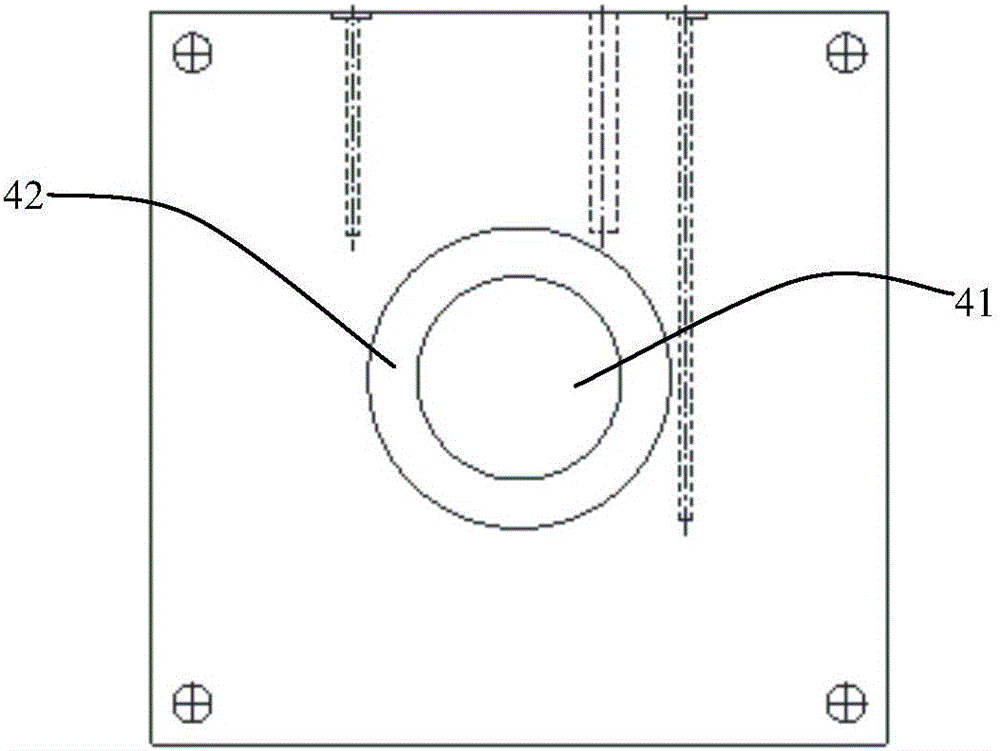In-situ XAFS (X-ray absorption fine structure) fuel cell, system and method for catalyst experiments
A fuel cell and experimental method technology, applied to battery electrodes, material analysis using wave/particle radiation, circuits, etc., can solve the problems of poor signal-to-noise ratio of fluorescent signals and inability to obtain data related to transmission modes, etc.
- Summary
- Abstract
- Description
- Claims
- Application Information
AI Technical Summary
Problems solved by technology
Method used
Image
Examples
Embodiment Construction
[0064] According to the attached Figure 1-12 , give a preferred embodiment of the present invention, and give a detailed description, so that the functions and characteristics of the present invention can be better understood.
[0065] see figure 1 , a kind of in-situ XAFS fuel cell that is used for catalyst experiment of the present invention comprises: a support plate 1, a first through hole 11 is formed in support plate 1 middle part; A membrane electrode assembly 3 (MEA), membrane electrode assembly 3 The first side is coated with a cathode catalyst layer 31, and the second side of the MEA 3 is coated with an anode catalyst layer (not shown); a top cover plate 5, and a second through hole 51 is formed in the middle of the top cover plate 5 An anode flow field plate 2, a third through hole 21 is formed in the middle of the anode flow field plate 2, and the anode flow field plate 2 is arranged between the anode catalyst layer and the support plate 1 or between the anode ca...
PUM
 Login to View More
Login to View More Abstract
Description
Claims
Application Information
 Login to View More
Login to View More - R&D
- Intellectual Property
- Life Sciences
- Materials
- Tech Scout
- Unparalleled Data Quality
- Higher Quality Content
- 60% Fewer Hallucinations
Browse by: Latest US Patents, China's latest patents, Technical Efficacy Thesaurus, Application Domain, Technology Topic, Popular Technical Reports.
© 2025 PatSnap. All rights reserved.Legal|Privacy policy|Modern Slavery Act Transparency Statement|Sitemap|About US| Contact US: help@patsnap.com



